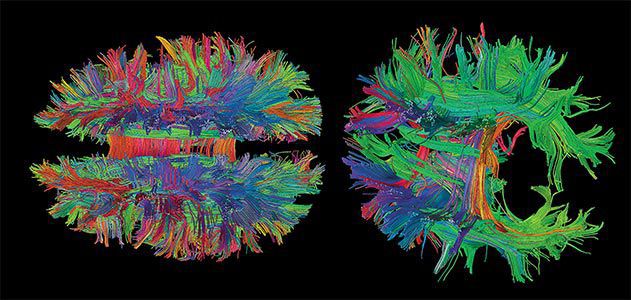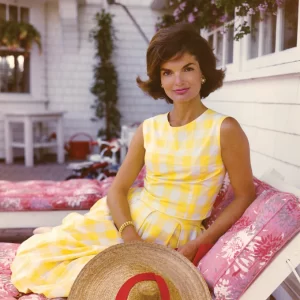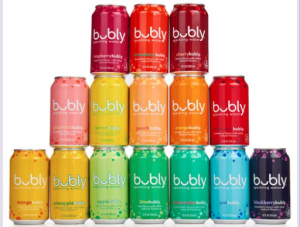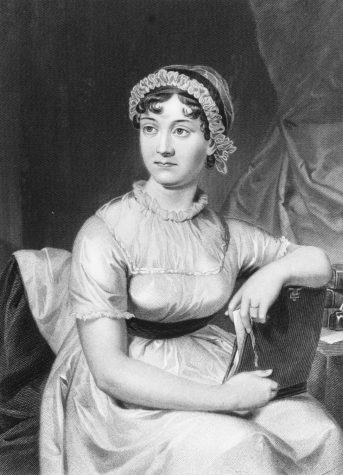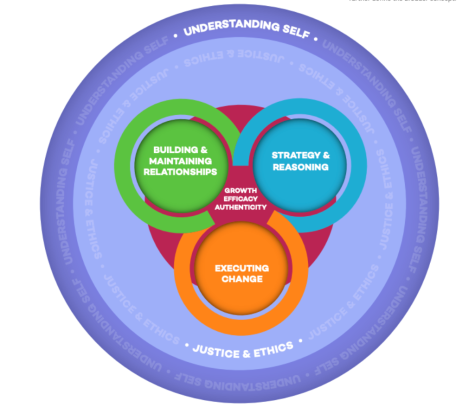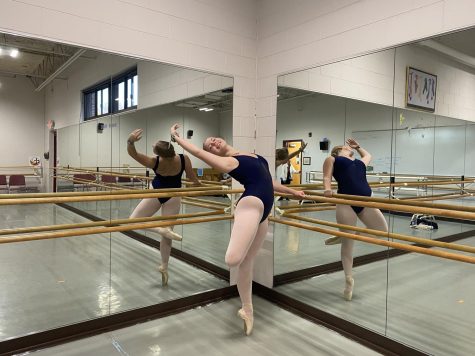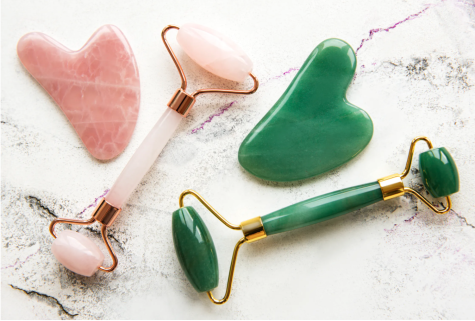The Psychology of Color
March 15, 2019
Colors influence our daily lives; 90% of snap judgments are made about products solely based on color alone. Although many people attach the same certain meanings to specific colors, the effect a color has on an individual is due to personal experiences, preference, upbringing, and culture. To say that blue and orange evoke a specific emotion in people is not accurate. Color is too dependent on personal experiences to be universally translated to specific feelings.
Ecological valence can explain the emotional impact of colors. Throughout your life, you are constantly growing your associative network – an interconnected web of knowledge in the brain. With every new experience, you create new nodes, form new connections, and strengthen connections. The brain contains a node for each color; each time you encounter a color, you modify that node based on personal experiences.
Many psychologists attach certain meanings to specific colors, such as blue eluding to calmness. Although this is a correct interpretation for some, a color does not have one cumulative, universal meaning. While making resounding statements of what emotions a color evokes is unreliable, interpretation of colors is still widely practiced in marketing ploys, psychiatry, and even in crime prevention. Companies often still use color in branding campaigns to manipulate buyers; additionally, color therapy can be used to heal and treat patients, and colors may affect the effectiveness of drugs and the rates of street crime.
Colors are able to influence how a customer views the “personality” of a brand. Our brains prefer immediately recognizable brands, which makes color an important aspect of brand identity. Nearly every academic study on colors and branding says that it is far more important for colors to support the personality desired than trying to align with stereotypical color associations. When brands want to pick the “right” color, predicting the consumer’s reaction to the color is more important than the color itself.
Joe Hallock did an examination of color related to gender called the “Colour Assignment.” Hallock’s data showcases clear preferences to certain colors across gender. Most notable is that blue tends to dominate the scale for both genders. One’s environment plays a huge role in dictating color appropriateness for gender, which can influence individual color choices. In A Critical and Experimental Study of Colour Preferences, author H.J. Eysenck states that when it comes to shades, tints, and hues, men generally prefer bold colors while women prefer softer.
In addition to branding, color is primarily used as a form of therapy. Ancient cultures used chromotherapy – the use of colors to heal. This can also be referred to as light therapy or colorology, used today as a holistic or alternative treatment. For example, red is used to stimulate the body and mind and to increase circulation while yellow is thought to stimulate the nerves and purify the body, and orange is believed to soothe illnesses and treat pain. Yet, modern research has viewed color therapy with skepticism, noting that the effects of color are grossly exaggerated. Research has proven that the mood-altering effects of color may only be temporary; a blue room may initially cause a feeling of calm, but this effect dissipates after a short period of time.
Colors are also used to market the effectiveness of certain drugs. Modern research on the color of psychology has proven that color impacts people in many other ways. One study by the Department of Clinical Epidemiology found that “colors affect the perceived action of a drug and seem to influence the effectiveness of a drug. Moreover, a relation exists between the coloring of drugs that affect the central nervous system and the indications for which they are used. Research contributing to a better understanding of the effect of the color of drugs is warranted.” The study showed that red, yellow, and orange have a stimulant effect, while blue and green have a “tranquilizing” effect.
Another study has shown that blue streetlights are believed to be useful in preventing suicides and street crime, leading railway companies to install blue-light-emitting apparatus at stations to prevent people from committing suicide. Although experts are torn over whether blue lights do indeed lessen crime, railway companies that have installed blue lights claim that they have played a successful role in preventing suicides.
The Nara, Japan, prefectural police set up blue streetlights in 2005, and found that the number of crimes decreased by about 9 percent in blue-illuminated neighborhoods. But, Professor Tsuneo Suzuki at Keio University said, “There are a number of pieces of data to prove blue has a calming effect upon people. However, it’s an unusual color for lighting, so people may just feel like avoiding standing out by committing crimes or suicide under such unusual illumination. It’s a little risky to believe that the color of lighting can prevent anything.” This contributes to the culminating findings of science that the interpretation of colors is extremely subjective and unreliable, as the meaning of colors are different for everyone.
Color plays an important role in conveying information, creating certain moods, and influencing people’s decision making. Color preferences impact what objects we want to purchase, the way we adorn our environment, and the clothes we choose to wear. We select things that evoke certain emotions, such as a black car that alludes a feeling of power, or painting a bedroom red to create an exciting mood. The bottom line is, while experts have found that color may have an influence on how we feel and act, these effects are subject to personal, cultural, and situational factors. More scientific research is needed in order to gain a better understanding to color psychology.

